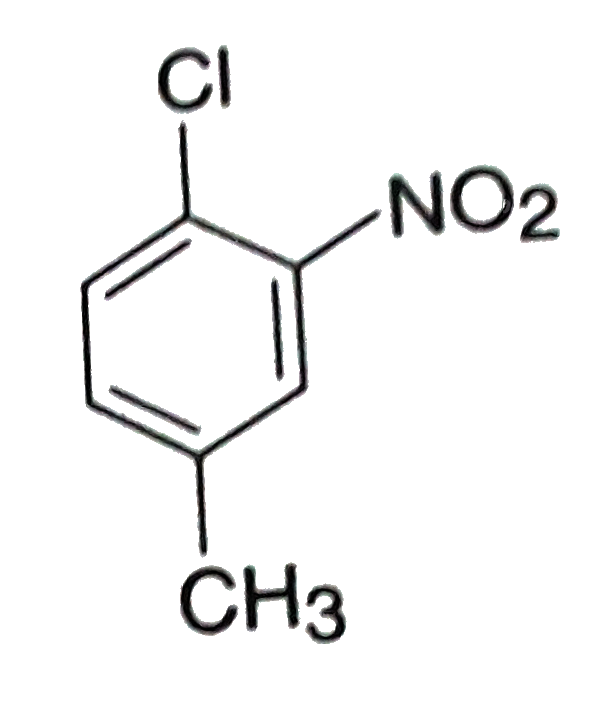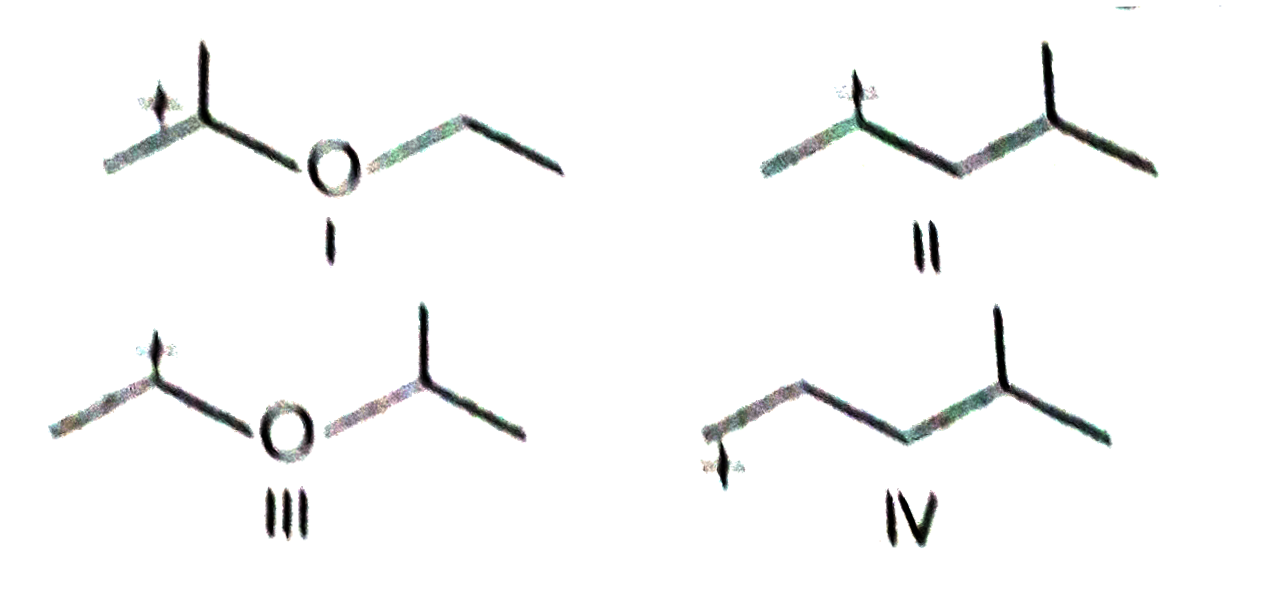Complete Solutions to EXERCISE 1 of chapter BASIC PRINCIPLES AND TECHNIQUES IN ORGANIC CHEMISTRY of Class 12 book with complete answers and questions
| Class 12 | CHEMISTRY |
| Chapter | BASIC PRINCIPLES AND TECHNIQUES IN ORGANIC CHEMISTRY |
| MHTCET PREP GUIDE | EXERCISE 1 |
| Number Of Questions | 40 |
| Academic Year | 2023-24 |
The technique used for the separation of acetone and methanol, is
01:07View SolutionThe best and latest technique for isolation, purification and separation of organic compound is
01:02View SolutionWhich of the following method is used to separate aniline from water?
01:56View SolutionWhich of the following mixture does not use fractional crystallisation method for their separation?
02:35View SolutionThe substance which can be used as an adsorbent in column chromatography is
01:53View SolutionThe Lassaigne's extract is boiled with dil. `HNO_(3)` before testing for halogens because
01:51View SolutionThe compound that does not give a blue colour in Lassaigne's test is
01:11View SolutionThe compound formed in the positive test for nitrogen with Lassaigne's solution of an organic compound is
02:16View SolutionThe techniqu used for the separation of sugar is
03:16View SolutionThe principle involved in paper chromatography is
03:16View SolutionWhen sodium extract of an organic compound is treated with an acidified solution of `FeSO_(4)andFeCl_(3)` red colouration is produced. This suggests that the organic compound contains
02:21View SolutionAmongst the following statements, the statement which is not applicable to Beilstein's test is
03:07View SolutionA gaseous hydrocarbon has 85% carbon and vapour density of 28. The possible formula of the hydrocarbon will be
01:46View SolutionIn Kjeldahl's method, the gas evolved from 1.325g sample of fertilizer is passed into 50.0 mL of 0.2030N `H_(2)SO_(4)`. 25.32 mL of 0.1980 N NaOH are required for percentage of nitrogen in fertilizer ?
03:16View SolutionMatch the following and choose the correct option.
 View Solution
View SolutionIf 0.1 g of an oranic compound containing phosphorus produces 0.222g of `Mg_(2)P_(2)O_(7)` the percentage of phosphorus present in the compound is
02:34View SolutionAn organic compound contains 49.3 % carbon,6.84 % hydrogen and its vapour density is 73 Molecular formula of the compound is
04:57View SolutionThe incorrent statement ragarding the estimation of nitrogen through Kjeldahl's method is
01:54View SolutionThe first organic compound synthesised in the laboratory from an inorganic compound is
01:33View SolutionThe IUPAC name for
`CH_(3)-overset(O)overset(||)(C)-CH_(2)-CH_(2)-overset(O)overset(||)(C)-OH` is :02:26View SolutionThe different members of a homologous series possess
02:43View SolutionThe IUPAC name for
 View Solution
View SolutionThe systematic name of `PhCH_(2)COOH` is
01:17View SolutionConvalent bond can undergo fission in two different ways. The correct representation involving a heterolytic fission of `CH_(3) - Br` is
04:33View SolutionThe bond that undergoes heterolytic cleavage most readily is
02:15View SolutionThe correct stability order for the following species is
 View Solution
View SolutionHyperconjugation involves overlap of the following orbitals :
01:12View SolutionAmong the following the least stable resonance structre is
View SolutionArrange the carbanions, `(CH_(3))_(3)bar(C),bar(C)Cl_(3),(CH_(3))_(2)bar(C)H,C_(6)H_(5)bar(C)H_(2)`, in order of their decreasing stability
04:34View SolutionWhich is the most stable carbocation ?
View SolutionWhich is not the intermediate formed by the unsymmetrical fission cleavage of covalent bonds?
02:10View SolutionConsider the following carbocations,
`undersetI((CH_3)_3C overset+CH_2), underset(II)((CH_3)_3C^(+)), CH_(3)underset(III)CH_(2)overset(+)CH_(2), CH_(3)underset(IV)overset(+)CH-CH_(3)`
The correct order for the stability of the above carbocations is02:59View SolutionThe geometry of `overset(dot)CH_(3)` is
02:15View SolutionWhich one of the following species is not an electrophile?
02:52View SolutionThe correct stability order of the following free radicals is
02:55View SolutionElectrophillic addition reaction proceed in two steps. The first step involves the addition of an electrophile. Name the type of intermediate formed in the first step of the following addition reaction.
`H_(2)C-HC=CH_(2)+H^(+) rarr` ?01:43View Solution`CH_(3)underset(CH_(3))underset(|)(CHCH)=CH_(2)+HBrtoA,A` (predominant is
03:35View SolutionClassify the following reactions,
`CH_(3)underset(CH_(3))underset(|)overset(CH_(3))overset(|)C CH_(2)Br+C_(2)H_(5)bar(O)to`
II. `CH_(3)underset(CH_(3))underset(|)overset(CH_(3))overset(|)C CH_(2)Br+C_(2)H_(5)OHto`02:45View SolutionIncreasing order of the following alkyl halides for `S_(N)1` reaction is `CH_(3)Cl(I),CH_(3)underset(Cl)underset(|)CHCH_(3)(II),(CH_(3))_(3)C Cl(III)`
01:41View Solution`CH_(2)=CHCH_(3)` undergoes free radical substitution using NBS. Product formed is
02:39View Solution
EXERCISE 1 questions and complete solutions for chapter BASIC PRINCIPLES AND TECHNIQUES IN ORGANIC CHEMISTRY of MHTCET PREVIOUS YEAR PAPERS AND PRACTICE PAPERS of Class 12
